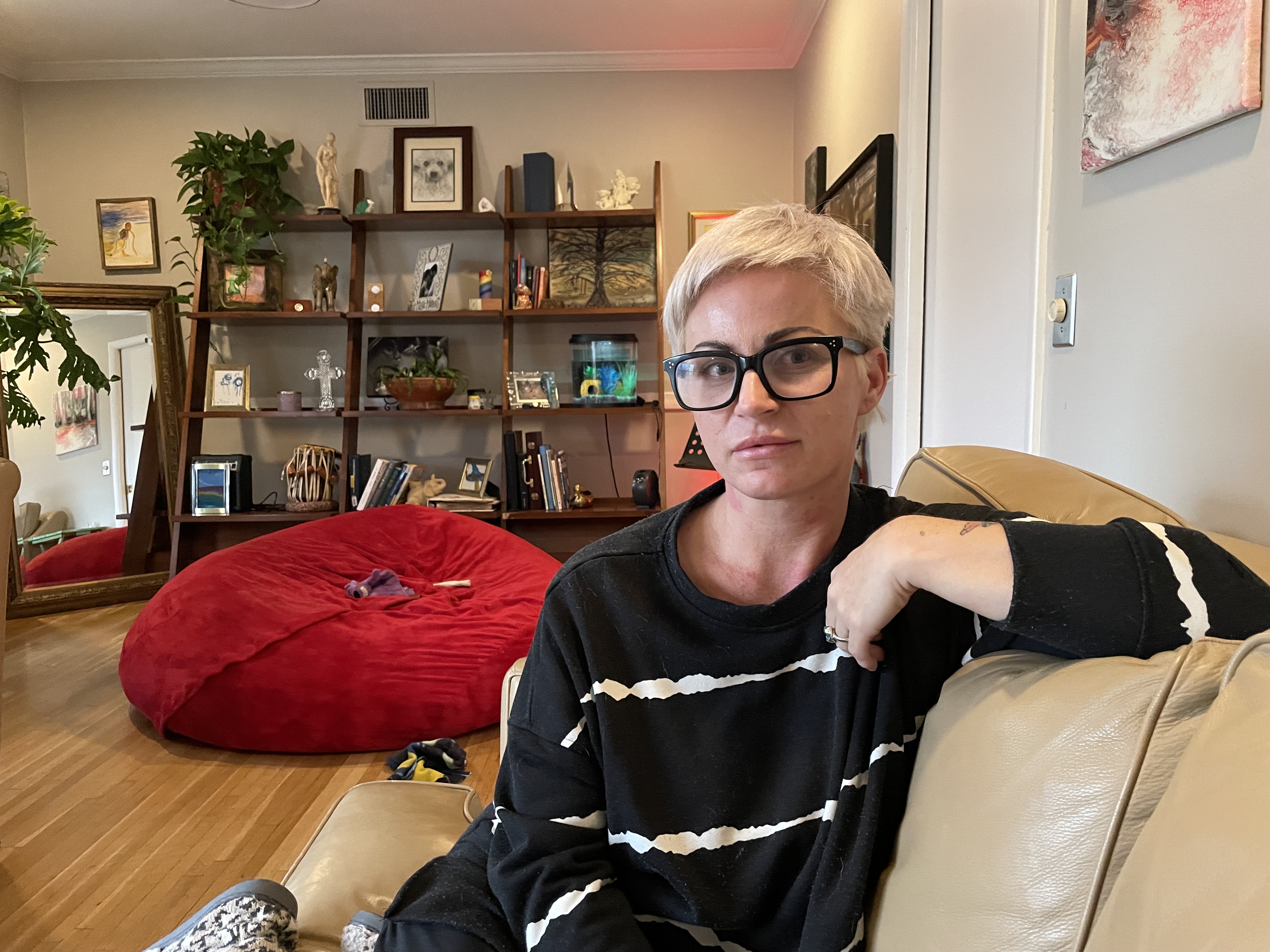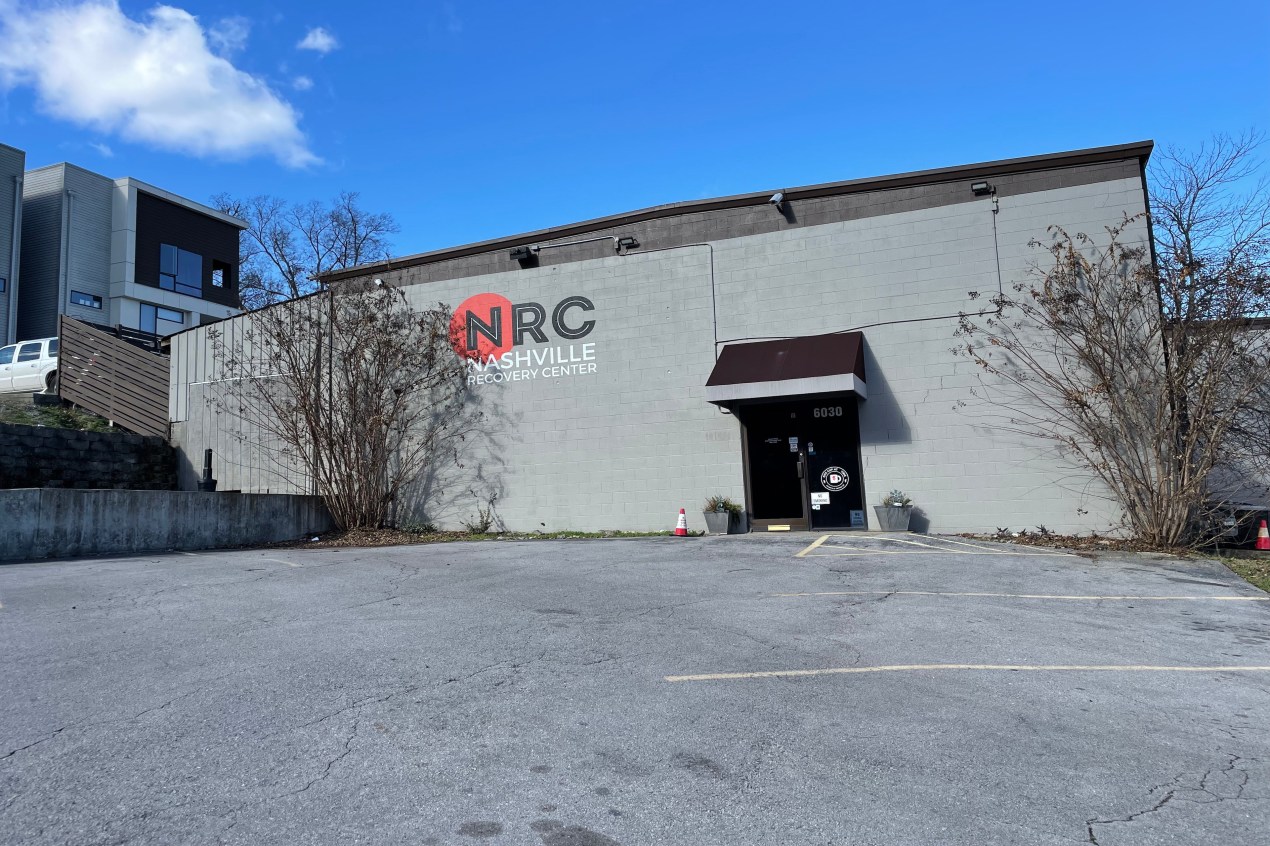Near the end of his scheduled three-month stay at a rehab center outside Austin, Texas, Daniel McKegney was forced to tell his father in North Carolina that he needed more time and more money, he recently recalled.
His father had already received bills from BRC Recovery totaling about $150,000 to cover McKegney’s treatment for addiction to the powerful opioid fentanyl, according to insurance statements shared with KHN. But McKegney, 20, said he found the program “suffocating” and wasn’t happy with his care.
He was advised against the long-term use of Suboxone, a medication often recommended to treat opioid addiction, because BRC does not consider it a form of abstinence. After an initial five-day detox period last April, McKegney’s care plan mostly included a weekly therapy session and 12-step group meetings, which are free around the country.
McKegney said a BRC staffer recommended he stay a fourth month and even sat in on the call to his dad.
“They used my life and [my] father’s love for me to pull another 20 grand out of him,” said McKegney, who told KHN he began using fentanyl again after the costly stay.
BRC did not respond to specific concerns raised by McKegney. But in an emailed statement, Mandy Baker, president and chief clinical officer of BRC Healthcare, said that many of the complaints patients and former employees shared with KHN are “no longer accurate” or were related to covid safety measures.
But addiction researchers and private equity watchdogs said models like the one used by BRC — charging high patient fees without guaranteeing access to evidence-based care — are common throughout the country’s addiction treatment industry.
The model and growing demand are why addiction treatment has become increasingly attractive to private equity firms looking for big returns. And they’re banking on forecasts that predict the market will grow by $10 billion — doubling in size — by the end of the decade as drug overdose and alcohol-induced death rates mount.
“There is a lot of money to be made,” said Eileen O’Grady, research and campaign director at the Private Equity Stakeholder Project, a watchdog nonprofit that tracks private equity investment in health care, housing, and other industries. “But it’s not necessarily dovetailing with high-quality treatment.”
In 2021, 127 mergers and acquisitions took place in the behavioral health sector, which includes treatment for substance use disorders, a rebound after several years of decline, according to investment banking firm Capstone Partners. Private equity investment drove much of the activity in an industry that is highly fragmented and rapidly growing, and has historically had few guardrails to ensure patients get appropriate care.
Roughly 14,000 treatment centers dot the country. They’ve proliferated as addiction rates rise and as health insurance plans are required to offer better coverage of drug and alcohol treatment. The treatment options vary widely and are not always consistent with those recommended by the federal Substance Abuse and Mental Health Services Administration. While efforts to standardize treatment advance, industry critics say private equity groups are investing in centers with unproven practices and cutting services that, while unprofitable, might support long-term recovery.
Baker said BRC treats people who have been unsuccessful in other facilities and does so with input from both clients and their families.
Private Equity Skimps on the Known Standards
Centers that discourage or prohibit the use of Food and Drug Administration-approved medications for the treatment of substance use disorder are plentiful, but in doing so they do not align with the American Society of Addiction Medicine’s guidelines on how to manage opioid use disorder over the long term.
Suboxone, for example, combines the pain reliever buprenorphine and the opioid-reversal medication naloxone. The drug blocks an overdose while also reducing a patient’s cravings and withdrawal symptoms.
“It is inconceivable to me that an addiction treatment provider purporting to address opioid use disorder would not offer medications,” said Robert Lubran, a former federal official and chairman of the board at the Danya Institute, a nonprofit that supports states and treatment providers.
Residential inpatient facilities, where patients stay for weeks or months, have a role in addiction treatment but are often overused, said Brendan Saloner, an associate professor of health policy and management at Johns Hopkins Bloomberg School of Public Health.
Many patients return to drug and alcohol use after staying in inpatient settings, but studies show that the use of medications can decrease the relapse rate for certain addictions. McKegney said he now regularly takes Suboxone.
“The last three years of my life were hell,” he said.
Along with access to medications, high-quality addiction treatment usually requires long-term care, according to Shatterproof, a nonprofit focused on improving addiction treatment. And, ideally, treatment is customized to the patient. While the “Twelve Steps” program developed by Alcoholics Anonymous may help some patients, others might need different behavioral health therapies.
But, when looking for investments, private equity groups focus on profit, not necessarily how well the program is designed, said Laura Katz Olson, a political science professor at Lehigh University who wrote a book about private equity’s investment in American health care.

With health care companies, investors often cut services and trim staff costs by using fewer and less-trained workers, she said. Commonly, private equity companies buy “a place that does really excellent work, and then cut it down to bare bones,” Olson said. During his stay, McKegney said, outings to movies or a lake abruptly stopped, food went from poke bowls and pork tenderloin to chili that tasted like “dish soap,” and staff turnover was high.
Nearly three years ago, BRC landed backing from NewSpring Capital and Veronis Suhler Stevenson, two private equity firms with broad portfolios. Their holdings include a payroll processor, a bridal wear designer, and a doughnut franchise. With the fresh funds, BRC started an expansion push and bought several Tennessee treatment facilities.
NewSpring Capital and Veronis Suhler Stevenson did not respond to emails and phone calls from KHN.
High Prices and Low Overhead = Big Business
Before the sale to BRC, Nashville Recovery Center co-founder Ryan Cain said, roughly 80% of the center’s offerings were free. Anyone could drop by for 12-step meetings, to meet a sponsor, or just to play pool. But the new owners focused on a new high-end sober living program that cost thousands of dollars per month and relied on staffers who were in recovery themselves.
In 2021, Nanci Milam, 48, emptied her 401(k) retirement fund to go through the sober living program and tackle her alcohol addiction. She had been sober for only six months when she was hired as a house manager, overseeing some of the same residents she had gone through the program with. She had to handle other residents’ medications, which she said she could have abused. Milam said she was fortunate to maintain sobriety.
“I think it served their need. And I was ambitious. But it should not have happened,” said Milam, adding that she left because the company hadn’t helped her start her certification as a drug counselor as promised.
A licensing violation reported to Tennessee regulators in late 2021 involved a staffer who was later fired for having sex with a resident in a storage area. And KHN obtained a copy of a 911 call placed in August 2022 — after a resident drank half a bottle of mouthwash — during which a staffer admitted there was no nurse on-site, which some other states require.
Removing the Burden from Consumers
The regulations of treatment providers largely focus on health and safety rather than clinical guidelines. Only a handful of states, including New York and Massachusetts, require that licensed addiction treatment centers offer medication for opioid use disorder and follow other best practices.
“We have a huge issue in the field where licensing standards don’t comport with what we know to be the most effective quality-of-care standards,” said Michael Botticelli, former director of the Office of National Drug Control Policy during the Obama administration and a member of a clinical advisory board for private equity-backed Behavioral Health Group. Some organizations, including Shatterproof, guide patients toward appropriate care. The federal and state governments largely direct public funds to centers that meet clinical quality-of-care standards.
But access to treatment is limited, and desperate patients and their families often don’t know where to turn. State or federal regulators aren’t policing claims from rehab facilities, like the “99% success rate” touted by BRC.
“We cannot put the burden on patients and their families” to navigate the system, said Johns Hopkins’ Saloner. “My heart really breaks for people who have thrown thousands of their dollars at programs that are bogus.”
When her niece was ready for inpatient rehab in summer 2020, Marina said, sending her to BRC was a “knee-jerk reaction.” Marina, a physician in Southern California, requested to be identified only by her middle name to protect the privacy of her niece, who suffers from alcohol addiction.
She had researched the facility three years earlier but didn’t investigate deeper because she was worried her niece would change her mind. BRC advertised success stories on the television show “Dr. Phil” and posted affirmations on social media.
Marina agreed to BRC’s upfront cost of $30,000 a month for a three-month stay in Texas, which she paid for out-of-pocket because her niece lacked insurance. She allowed KHN to review some of her niece’s pharmacy and treatment bills.
Marina said she paid for a fourth month, but said ultimately the program didn’t help her niece, who remains “horribly sick.” She said her niece felt constant guilt and shame at rehab. Marina thought there was inadequate medical oversight, and said the program “nickeled and dimed” her for additional services, like physicians’ visits, that she thought would be included.
“It almost doesn’t matter if you are educated and intelligent,” Marina said. “When it’s your loved one, you are just desperate.”







